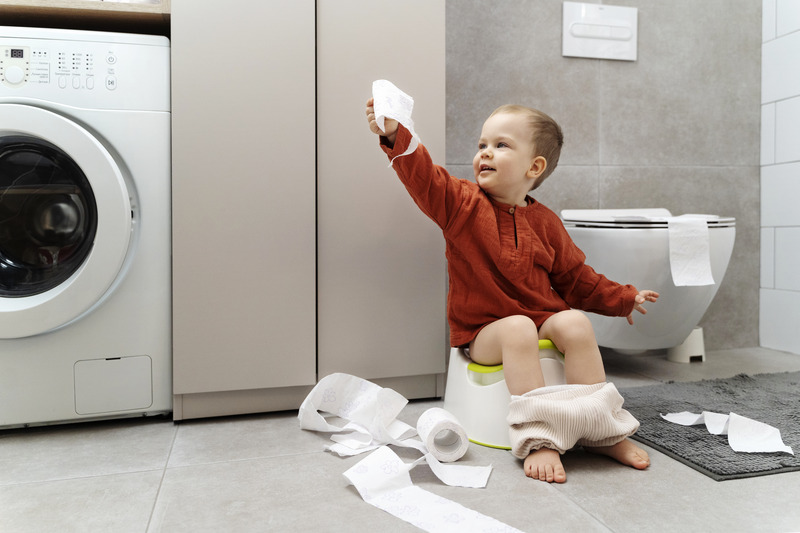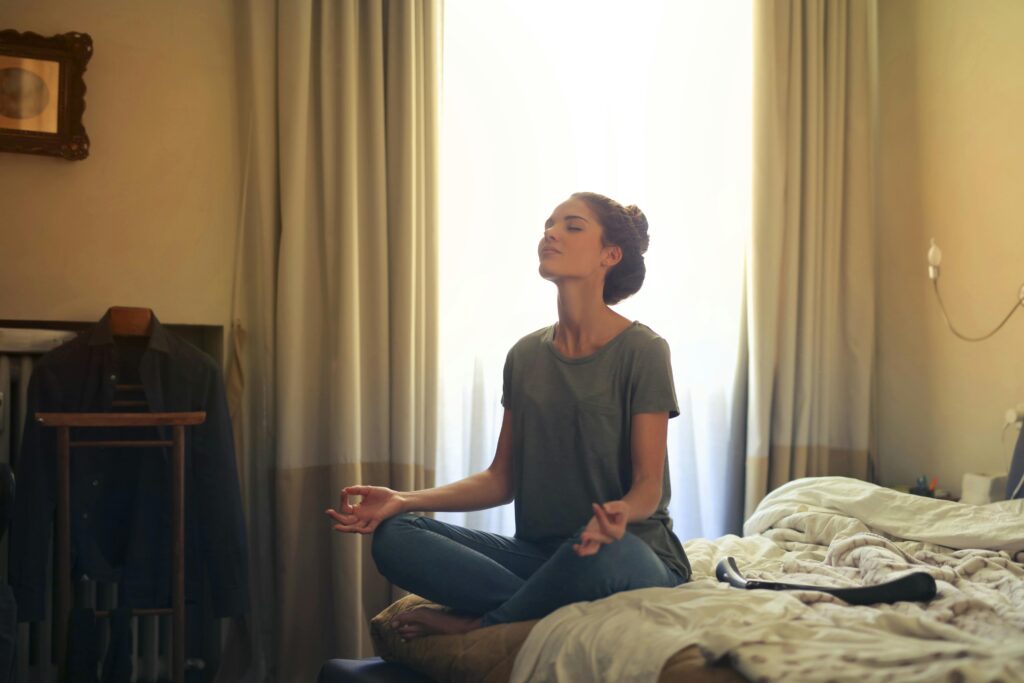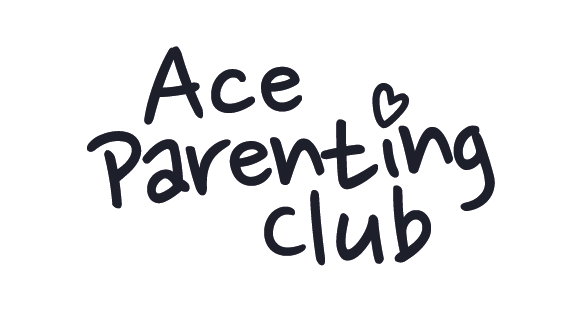Toilet/potty training is one of those big parenting milestones. With our first child, it was surprisingly straightforward—she picked it up quickly and easily. With our second child it has been a different story. Every child is an individual and everyone will achieve milestones in their own time.
For example, she has fully grasped the concept of knowing when she needs a wee or a poo and is able to tell us. She quickly understood how to use the toilet for wees but when it comes to poos she prefers to do this in a nappy. Due to some uncomfortable poos after a virus she’s also taking some medication to help things along. At first, we were confused as to why she could do a wee on the toilet but not a poo but we now know this is completely normal and she will achieve this next step in her own time.
If you’re in the same boat, let me say this: You are not alone. Every child tackles toilet training in their own way and at their own pace. It might take some time but they’ll get there—and so will you. Although this may seem like a long road but this is only a small phase of their lives.
Here are some tips that worked for us, plus a bit of what we’ve learned along the way.

1. Watch for Readiness Signs (Every Child’s Timing Is Different)
With our first child, we started toilet training when she showed all the classic readiness signs: staying dry for longer periods, telling us when she needed to go and being curious about us using the toilet. Starting at the right time made the process much easier.
With our second, the signs were there too, but her journey has been more gradual—especially when it comes to pooing. The key for both of them was waiting until they were ready and letting them lead the way.
What We’ve Learned:
Don’t compare your child’s toilet training timeline to anyone else’s. Whether they’re an early starter or take they their time, they’ll get there when they’re ready.
2. Celebrate Small Wins (and Don’t Sweat the Setbacks)

Toilet/potty training success comes in stages. With our first, we celebrated every successful time on the potty with high-fives and stickers. Those little rewards really motivated her.
With our second, we also acknowledged the successes but we find it was more about acknowledging progress while being patient with setbacks. For example, we celebrated every wee on the toilet, even though she still needs her nappy for pooing. We know it’s just a phase and she’ll move on when she’s ready. She was also very clear she preferred to use the toilet and not a potty but this was a positive as she told us what made her feel more comfortable.
What We’ve Learned:
If your child has specific challenges, like needing medication for constipation (as ours does), it’s important to stay calm and trust the process. We’ve learned that patience and positivity make a huge difference. It’s not always easy, but keeping a supportive attitude has really helped us and our little one feel more confident about the process.
3. Create a Routine That Works for Your Family
Routine was our best friend during toilet training. With both of our children, we established “toilet times” throughout the day—first thing in the morning, after meals and before bed. This consistency helped ensure they were going on a regular basis which helped to avoid accidents.
That said, we also learned to adapt. The second time around we’ve had to be more flexible, especially as she’s not ready to poo on the toilet yet.
What’s Working Now:
We offer the potty or toilet regularly without pressure and let her choose when she’s ready to try. Meanwhile, we’re keeping her on a balanced diet, sticking with her medication, and staying patient.
4. Make It Easier for Them (and You!)
The right setup made toilet training much smoother for us. Thinking about clothing; no dungarees or all in one outfits but easy to pull down trousers or dresses really help them to be independent when going to the toilet. We also used a portable child sized toilet seat when out and about as our youngest does not like using a potty but prefers the toilet.
We’ve also added more comfort to the process—letting her bring a favourite toy or book when she sits on the toilet. This small adjustment has made her more willing to try and if she is relaxed, things are more likely to go smoothly.
Pro Tip:
If your child is hesitant to poo on the potty or toilet, let them sit with their nappy on at first. Gradually transition to removing the nappy once they’re comfortable.
5. Stay Patient (Even on the Tough Days)

There were days when toilet training felt easy and days when it felt like nothing was working. The second time around has definitely felt harder at times to remain patient. Especially when she tells you she needs a poo but wont do it without a nappy. But we just have to remind ourselves that this phase won’t last forever.
Our biggest takeaway? Every child is different, and they will figure it out in their own time. Trying to rush the process or getting frustrated doesn’t help—it only adds stress for everyone.
Encouragement for You:
If your child is taking longer than you expected or facing challenges like ours, know that it’s okay. Progress might be slow, but it’s still progress. You’re doing a great job, and so are they!
Our Final Thoughts
Toilet training has taught us that no two children are the same—and that’s alright. Whether your child picks it up quickly or takes their time, the most important thing is to stay patient and supportive.
For us, toilet training isn’t just about learning a new skill—it’s about fostering independence and building confidence as this is a skill they will use for the rest of their lives. So celebrate the little victories, be gentle with yourself and remember: You are not alone in this journey.


